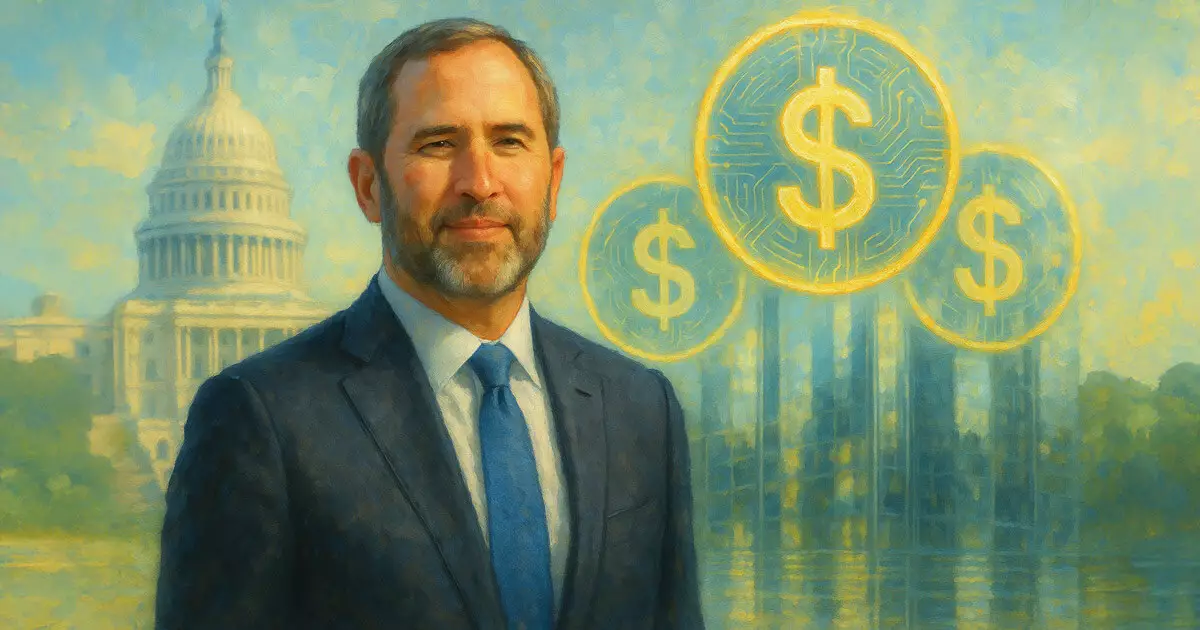In a rapidly transforming financial landscape, the urgency for the United States to establish a clear regulatory framework for stablecoins has never been more apparent. Ripple CEO Brad Garlinghouse has articulated a warning that resonates with many observers: the US risks falling behind as other countries rapidly adopt and integrate stablecoins within their economic structures. If lawmakers delay in crafting and implementing definitive regulations, the United States could see its competitive edge erode, leaving it vulnerable to foreign innovations that could destabilize the dollar’s dominance.
Legislative Failures: A Missed Opportunity?
Recent events have underscored the stagnation within the US legislative body regarding stablecoin regulation. The Senate’s narrow vote against advancing the GENIUS Act—a bill aimed at creating a comprehensive federal approach to stablecoin governance—signals a troubling trend. Critics, including US Treasury Secretary Scott Bessent, have not shied away from expressing their discontent, labeling the decision as a “missed opportunity.” The consequences of this legislative inertia could be dire. A patchwork of state regulations could emerge, hampering innovation and potentially stifling U.S. leadership in a sector that holds significant promise for the future of finance.
Why Stability Matters: The Function of Stablecoins
Unlike their more volatile counterparts, stablecoins provide a semblance of financial predictability. By pegging their value to fiat currencies, such as the US dollar, they offer practical use cases that can play an effective role in facilitating payments, cross-border transactions, and financial services. For traditional financial institutions—once skeptical of cryptocurrency—stablecoins present a safe and attractive entry point into the digital economy. In March 2025 alone, stablecoin transaction volumes reached an astonishing $1.82 trillion. This is not just a fleeting trend; it is indicative of a powerful shift in consumer behavior and economic interactions.
Big Players are Watching: The Shift in Traditional Finance
As stablecoins gain traction, major corporations like Stripe and Meta are beginning to recognize their significance. Their participation hints at a broader acceptance within traditional finance, which has historically been resistant to digital assets. This shift signals a potential convergence of conventional financial institutions with crypto innovations, creating an ecosystem ripe for disruption. However, for this maturation to be robust and meaningful, it needs a regulatory framework that fosters innovation while providing necessary safeguards.
A Call to Action: The Time for Clarity is Now
Garlinghouse’s plea for lawmakers to accelerate regulatory development is not merely emotional rhetoric; it is a rallying cry for progress. The longer the US delays action on stablecoin legislation, the more it strengthens a narrative of stagnation and backwardness in a world where other nations are swiftly adapting to technological advancements. A coherent federal policy is crucial not only for the stability of stablecoins and consumer confidence but also for the continued global influence of the US dollar. The stakes are high, and action must be taken before it’s too late.















